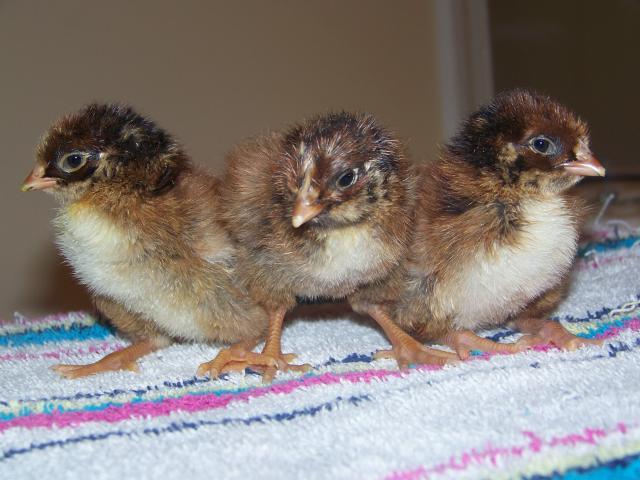Quote:
I ordered eggs from 3 different breeders, all 3 different lines - and none of the eggs I'd classify as "deep terra cotta". They have kind of a golden, pinky color to them. I knew going into this breed that egg color is something that is in need of work, but I don't know that they are supposed to be terra cotta.
I responded to them with some education, I'm pretty sure Barnevelder eggs are to be a golden/coppery brown. Before I got Barnevelders and started researching, I expected darker eggs as well. I think the hatcheries list them in the same category as Marans and Welsummers and this is misleading. Some of my eggs are light as a few of the hens are going on 3 years old, but the younger hens all lay a golden brown.
I ordered eggs from 3 different breeders, all 3 different lines - and none of the eggs I'd classify as "deep terra cotta". They have kind of a golden, pinky color to them. I knew going into this breed that egg color is something that is in need of work, but I don't know that they are supposed to be terra cotta.
I responded to them with some education, I'm pretty sure Barnevelder eggs are to be a golden/coppery brown. Before I got Barnevelders and started researching, I expected darker eggs as well. I think the hatcheries list them in the same category as Marans and Welsummers and this is misleading. Some of my eggs are light as a few of the hens are going on 3 years old, but the younger hens all lay a golden brown.














